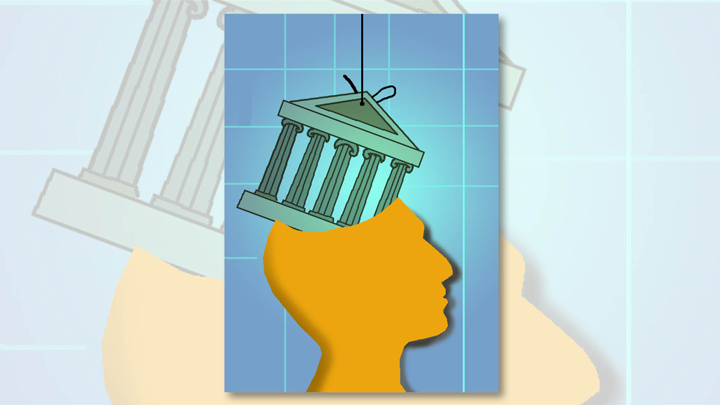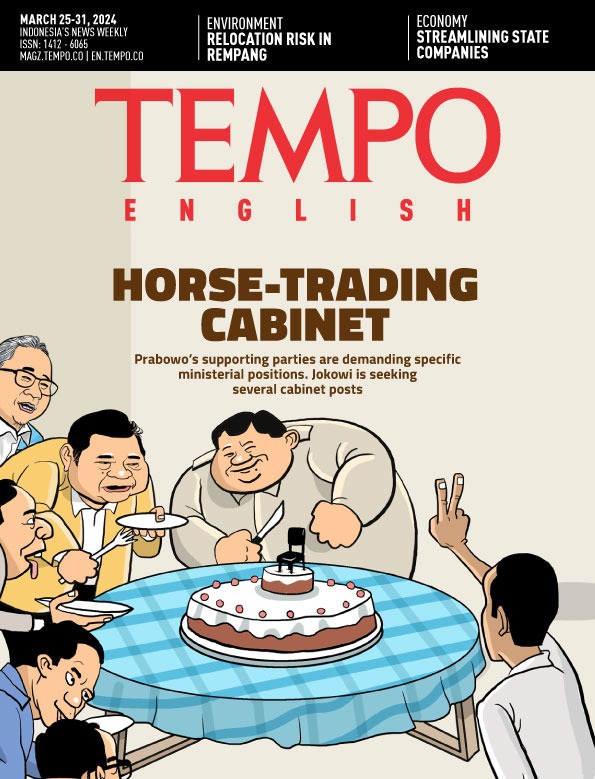After the Capitol Building Fell
Monday, January 11, 2021
arsip tempo : 171354462450.

THE world was dumbfounded when fanatic supporters of Donald Trump pierced the heart of the United States democracy. The US Capitol building, where the US Congress and Senate hold office, fell under their control for a few hours. The shock was not limited to politicians. The market reeled. Once again, the position of the US dollar as the anchor of stability for the world economy is under scrutiny.
That riot just amplifies the market’s doub
...
Subscribe to continue reading.
We craft news with stories.
 For the benefits of subscribing to Digital Tempo, See More
For the benefits of subscribing to Digital Tempo, See More












